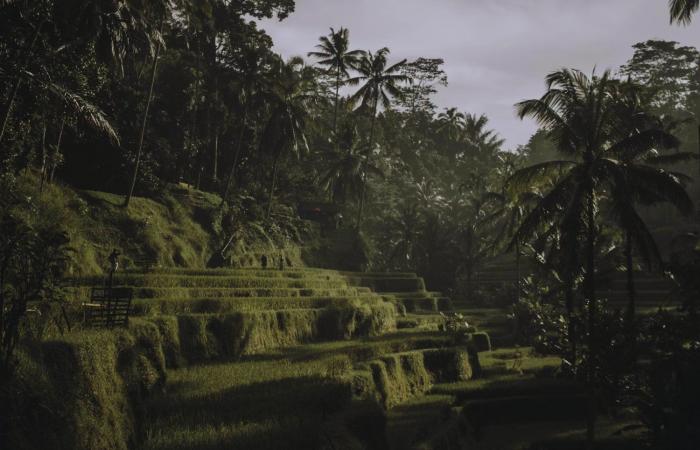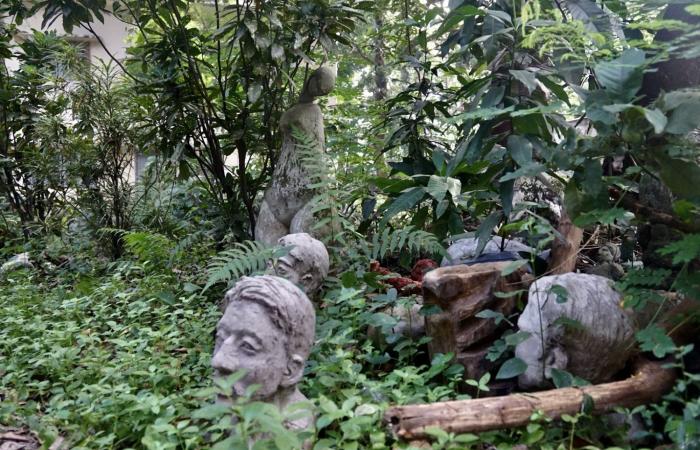Sometimes chance and technology combine to open new doors to the past. In 2024, a young researcher found as unexpected as transcendental: a hidden Mayan city under the dense vegetation of the Mexican jungle. The most surprising thing is that the discovery was not the result of an expedition, but of a simple online search.
A megaciudad hidden in full view
Luke Auld-Thomas, a doctoral student at the University of Tulane, never imagined that an afternoon sailing through Google would end up revealing an ancient mystery. Upon reaching page 16 of the results, he ran into an old laser study (Lidar) conducted by a Mexican environmental monitoring organization. What he saw there left him stunned: a clear pattern of hidden structures in the heart of the tropical jungle.
This is how Valeriana came to light, a city that covers about 16.6 square kilometers and in which more than 6,700 constructions were identified. These include pyramids, ceremonial squares, roads and a ball field, all emblematic features of classical Mayan architecture.
Archaeologists estimate that between 30,000 and 50,000 people inhabited around the year 800 AD, making it a considerably larger urban nucleus than many of the pre -Hispanic cities known so far.
A finding that changes the vision of the Mayan world

As explained by Auld-Thomas in an interview with the BBC, one of Valeriana’s most impressive sectors presents all the elements of a Mayan political capital. There are closed places, pyramid temples, a ball play field and even an artificial reservoir created by the seasonal stream dam.
This discovery puts in check an old hypothesis about the isolation of Mayan cities. On the contrary, it shows an interconnected urban network, with Valeriana as a possible link between centers such as Campeche, Calakmul, Oxpemul and Becán. Thus, the possibility that many more cities are still hidden under the jungle vegetation of southern Mexico is still hidden.
The most amazing thing is that all this began with a click. A proof that, in the digital age, the past can still be discovered without lifting a stone.








